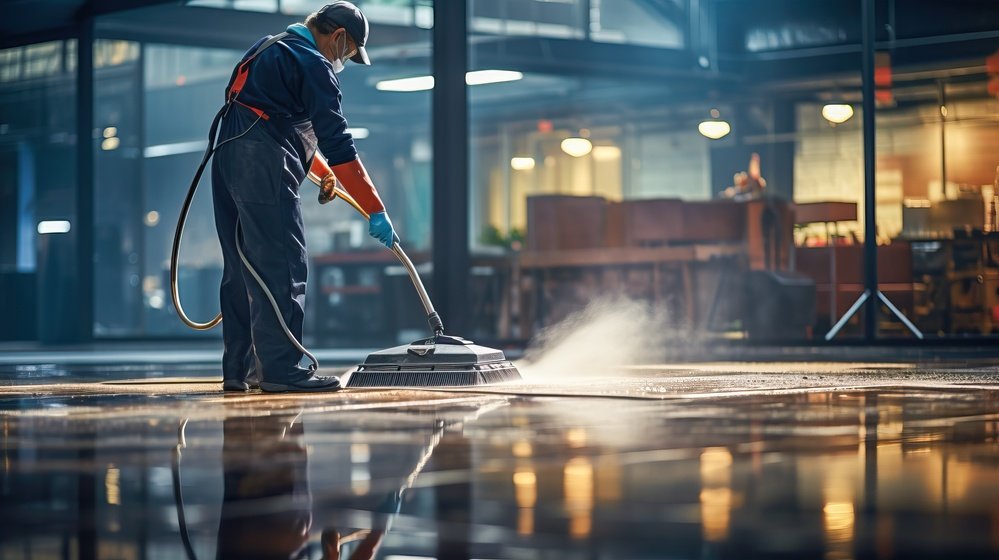Business and industrial cleaning is not a one-size-fits-all enterprise. Cleaning programs work best when they are tailored to the individual environment. That being the case, certain types of buildings are known throughout our industry as presenting high risk areas. How cleaners address such areas can make a significant difference in health and safety.
If your company already contracts with a professional cleaning service, that service is probably familiar with any high-risk areas in your building. But if you are managing cleaning in-house, does your janitorial staff have a handle on such areas?
We have put together a list of tips for adequately addressing high risk areas. If implementing them is more than your team is capable of, consider contacting us. All Pro Cleaning Systems has years of verifiable experience in commercial cleaning services.
Tip #1: Conduct Regular Risk Assessments
We consider the starting point conducting a risk assessment. A thorough assessment involves taking an honest look at the entire workplace and any potential hazards that might exist. For each space, evaluators take a look at normal cleaning procedures, the tools and chemicals used, how often the space is cleaned, etc.
An initial assessment will give your company a baseline. It will also provide a target to shoot for. But don’t stop there. Conduct regular risk assessments for the purpose of seeing how well the cleaning team is keeping up with high-risk areas.
Tip #2: Pay Attention to High-Touch Points
Every high-risk area is going to feature certain touch points that would get a lot of traffic. Think about the one area in your building that presents the highest risk. Is it accessible through a door with a traditional handle and lock? That handle is a high-touch point.
High-touch points are points and surfaces that your employees touch throughout the day. They include things like light switches, office equipment, and certain types of furniture. They can be a breeding ground for germs and bacteria. As such, they deserve quite a bit of attention from the cleaning crew.
Tip #3: Minimize Cross Contamination Opportunities
The higher the risk in a given space, the more attention needs to be paid to cross contamination. This is critical for your cleaning crew. They need to know how to avoid contaminating an environment by exposing it to contaminants picked up elsewhere.
Professional cleaners rely on certain techniques and tools to prevent cross contamination. One of the clearest examples is the microfiber cloth. It is much better at capturing bacteria and germs so that they do not spread to other surfaces.
Tip #4: Utilize Proven Methods and Equipment
Next, it is best to address high risk areas with proven methods and equipment. Take an area with a high risk of potential slips and falls. Wet mopping the floor in the middle of the workday is too risky. A better solution would be to dry mop during business hours and leave wet mopping for the overnight crew.
Tip #5: Considered Training and Certification
Certain high-risk areas are such that they require specialized cleaning. And for that, there is no substitute for proper training and certification. Rest assured that all our professional cleaners undergo continual training. Some are certified for specialized environments. We recommend the same for your cleaning crew.
Does your building have any high-risk areas the cleaning crews should be concerned about? If so, do not leave them to chance. High risk areas are so designated because improper cleaning makes them contributors to illness and injury. Learn how to address high risk areas so that everyone stays healthier and safer.


